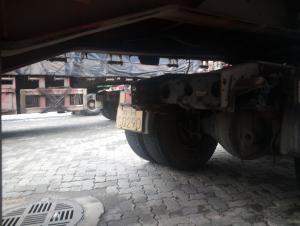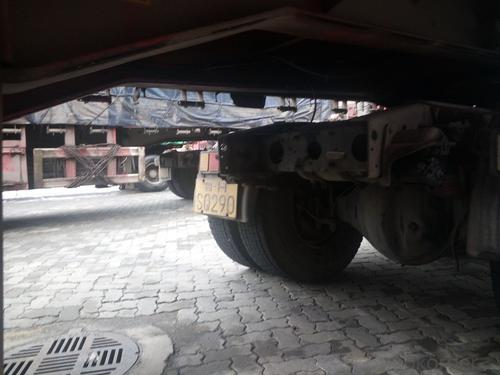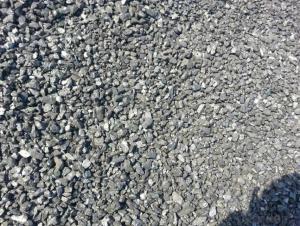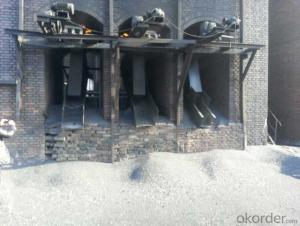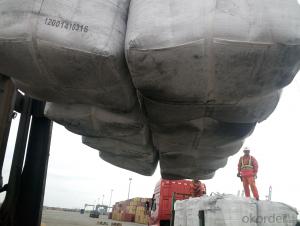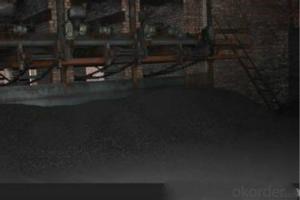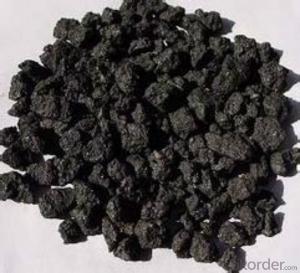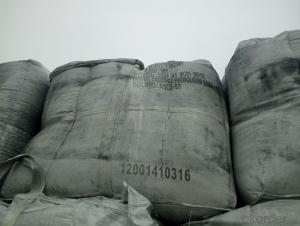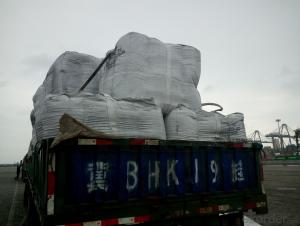Calcined Pitch Coke with Moisture 0.5 percent max
- Loading Port:
- Tianjin
- Payment Terms:
- TT OR LC
- Min Order Qty:
- 21 m.t.
- Supply Capability:
- 8000 m.t./month
OKorder Service Pledge
OKorder Financial Service
You Might Also Like
Introduction
Pitch Coke/Coal Tar Pitch is a kind of black brittleness and blocky piece, lustrously at normal temperature. It has special odour and poisonous and can be easily flame when melting, second-grade inflammable solid.
Pitch Coke/Coal Tar Pitch is obtained from powerfully processed coal tar. Compared to petroleum asphalt, the adhesiveness is better. Coal Tar Pitch is high quality tar production with high fixed carbon. It has excellent adhesion, waterproofing and resistance against seawater, oil and various chemicals. In these properties, it is much better than petroleum asphalt tar.
It can be used to produce painting, electrode, pitch coke, and tar felt. It also can be used as fuel and the raw material of asphalt carbon black.
Features:
The morphology, chemistry and crystallinity of recarburisers have a major impact on the overall casting cost. The combined application and cost benefits, which are derived through the use of Desulco, enable foundries to manufacture castings in a highly cost effective manner.
reduces
Recarburiser consumption
Power consumption
Inoculant consumption
MgFeSi consumption
Furnace refractory wear
Scrap rate
Tap to tap time
Slag inclusions risk
Chill
increases
Casting microstructure
Productivity
Process consistency
Carbon Recovery
Compared with calcined petroleum coke, acetylene coke and
graphite electrode scrap, Desulco yields the highest carbon
recovery and fastest dissolution time
Specifications:
CPC | |||
F.C.% | 98.5MIN | 98.5MIN | 98MIN |
ASH % | 0.8MAX | 0.8MAX | 1MAX |
V.M.% | 0.7 MAX | 0.7 MAX | 1 MAX |
SULFUR % | 0. 5MAX | 0. 7MAX | 1MAX |
MOISTURE % | 0.5MAX | 0.5MAX | 1MAX |
Pictures:
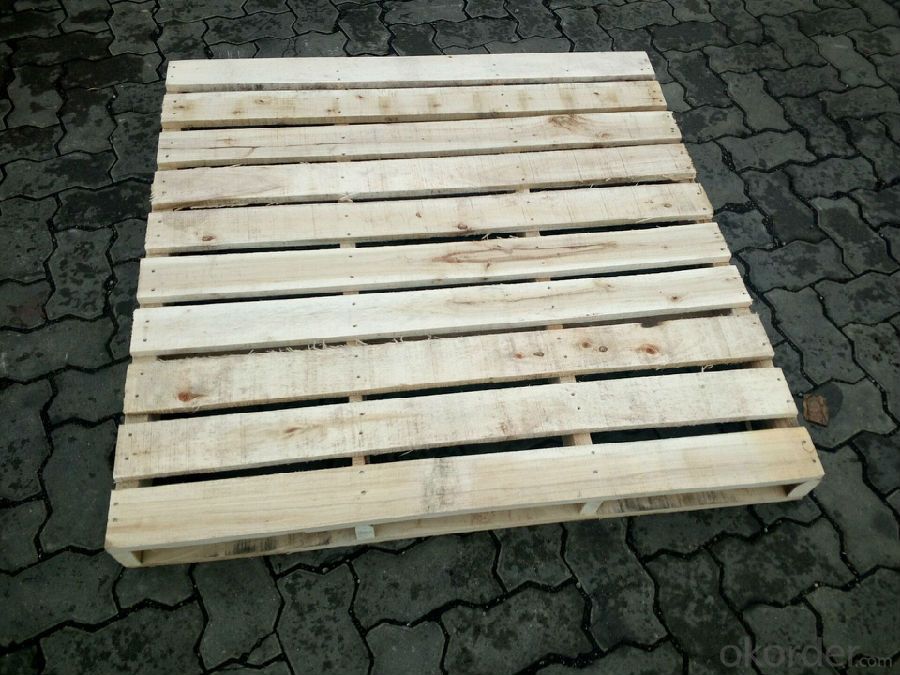
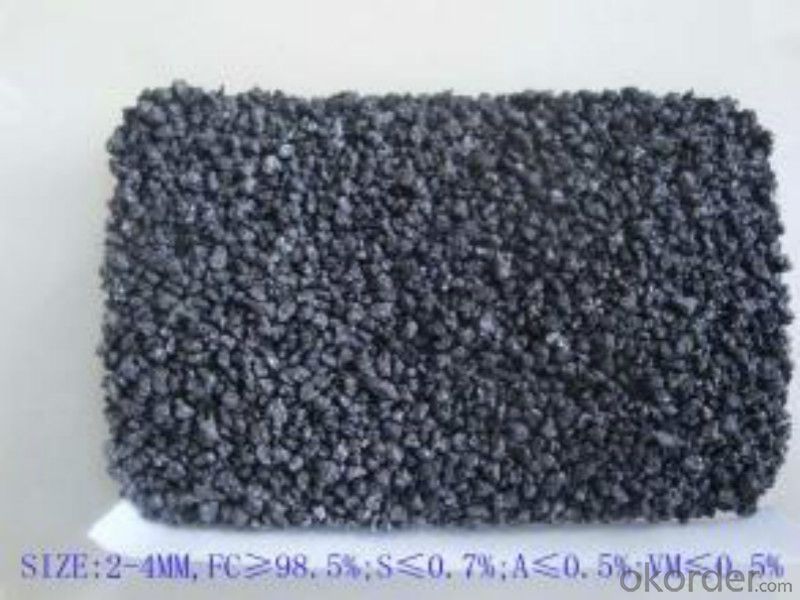

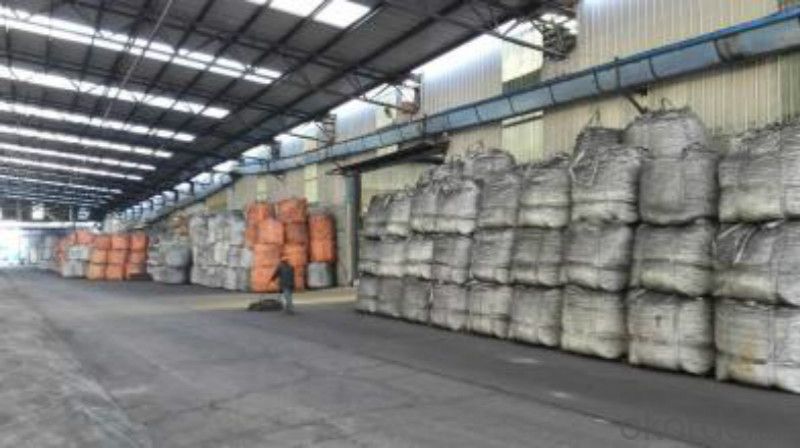
FAQ:
1.MOQ:2 Containers |
2.Size:1-3mm,1-5mm,2-6mm,3-5mm and as the customer's requirement |
3.Packing: 1 ton jumbo bag or 25kgs paper in bag |
4.Payment:T/T or L/C at sight |
5.Delivery time: within 15 days after receiving the deposit |
6.Usage: it is as carbon raiser,widely used in steelmaking,casting,casting iron,steel foundry,aluminum metallury. |
- Q: Intend to go to the barbecue and 35 friends over the weekend, but because it is new, so I don't know how to put the carbon burning, found some web sites are also a few pens, see me confused......Hope which experienced friend to help enlighten me, the best to the specific point, thank you ah!
- The day before yesterday, I had a barbecue with my friends in the scenic spot. It seems that the staff in the barbecue area are using alcohol and newspapers and a little bit of firewood to catch fire
- Q: What is carbon neutral certification?
- Carbon neutral certification is a process by which an organization, product, or service is evaluated and verified to have a net-zero carbon footprint. This means that the entity in question has taken significant measures to reduce its greenhouse gas emissions and has offset the remaining emissions through the purchase of carbon credits or investments in projects that mitigate or remove carbon dioxide from the atmosphere. To achieve carbon neutrality, the organization or product undergoes a rigorous assessment that includes measuring its carbon emissions, setting reduction targets, implementing initiatives to reduce its carbon footprint, and tracking progress. Once the emissions have been reduced as much as possible, any remaining emissions are offset by investing in verified projects such as reforestation, renewable energy, or energy efficiency projects that remove or reduce greenhouse gases from the atmosphere. The certification process is typically carried out by an independent third-party organization that evaluates and verifies the organization's carbon neutrality claims. This ensures transparency and credibility in the certification process. Once certified, the organization or product can use the carbon neutral label to demonstrate its commitment to environmental sustainability and responsible carbon management. Carbon neutral certification is important as it provides a standardized and recognized way for organizations and products to demonstrate their commitment to combating climate change. It allows consumers and stakeholders to make informed choices by supporting entities that have taken concrete steps to reduce their carbon emissions and contribute to a more sustainable future. Additionally, carbon neutral certification encourages organizations to adopt sustainable practices and invest in projects that have a positive environmental impact, thereby accelerating the transition to a low-carbon economy.
- Q: What are the carbon nanotube applications?
- The application of carbon nanotubes in composite materials: carbon nanotubes with nanoparticles in size effect, but also has high mechanical strength, good flexibility, high conductivity, unique properties, become the ideal reinforcement of polymer composites, is widely used in chemical industry, machinery, electronics, aviation, aerospace and other fields. But because of carbon nanotubes are easily assembled into bundles or wound, and compared with other nanoparticles, the surface is relatively inert, in common organic solvents or polymer materials dispersion in the low, which greatly restricts its application. Therefore, the surface of carbon nanotubes modified carbon nanotubes has become a research hotspot the polymer / composite material. At present, the domestic and foreign research on the surface modification of carbon nanotubes is mainly covalent and non covalent bond groups introduced on the surface, such as the use of the surface Chemical modification, surfactant modification, or by coating modification methods of carbon nanotube polymer molecules. In recent years is presented. The ultraviolet irradiation, plasma radiation modification and processing method. The surface modification of carbon nanotubes for polymer composites can significantly improve the mechanical properties, electrical properties and thermal properties.
- Q: What is the role of carbon 60 in industry? Can it be interchanged with the chemical properties of carbon? What is the chemical structure of carbon 60?
- Used to strengthen metals; used as a new catalyst for storage of gases
- Q: What are the advantages of carbon-based solar cells?
- Carbon-based solar cells possess numerous advantages that make them an encouraging technology for the production of renewable energy. To begin with, their lightweight and flexible nature imbue them with high versatility, enabling deployment in a variety of ways. They can be seamlessly integrated into surfaces such as building facades, windows, and even garments, thereby expanding the potential for solar energy generation. Furthermore, carbon-based solar cells boast a minimal environmental impact compared to their silicon-based counterparts. The manufacturing process for carbon-based solar cells typically entails lower energy consumption and the use of fewer toxic materials, thus reducing the overall carbon footprint of the technology. Moreover, they possess a shorter energy payback time, surpassing the point at which they generate more energy than is required for their production at a faster rate than silicon-based solar cells. Another advantage lies in the potential for low-cost manufacturing of carbon-based solar cells. Carbon-based materials such as organic polymers or perovskites can be produced using cost-effective techniques like solution processing or printing methods. This scalability and affordability render carbon-based solar cells an appealing choice for large-scale deployment, thereby expediting the global adoption of solar energy. Additionally, carbon-based solar cells exhibit the potential for enhanced performance in low-light conditions. By virtue of their unique properties, including the ability to absorb a broader spectrum of light wavelengths, they are capable of generating electricity even in overcast or indoor environments. Consequently, carbon-based solar cells find applicability in a wider array of contexts, encompassing indoor electronics, wearable devices, and integration into urban infrastructure. Lastly, the biodegradable nature of certain carbon-based materials employed in solar cells renders them more environmentally friendly. As the world progresses towards a circular economy and endeavors to implement sustainable solutions, the capacity to recycle or dispose of solar cells without causing harm to the environment assumes increasing significance. In conclusion, carbon-based solar cells offer a range of advantages, such as flexibility, minimal environmental impact, low-cost manufacturing, enhanced performance in low-light conditions, and biodegradability. These advantages position them as a promising technology for realizing a sustainable and universally accessible future powered by solar energy.
- Q: What is carbon nanotechnology?
- Carbon nanotechnology involves the study and manipulation of carbon-based materials at the nanoscale, typically in the form of carbon nanotubes, fullerenes, or graphene. It focuses on harnessing the unique properties and structures of these carbon materials to develop innovative applications in various fields such as electronics, medicine, energy, and materials science.
- Q: Where are carbon fiber sheets and carbon fiber sheets used?
- Carbon reinforced materials, carbon fiber cloth is mainly used for concrete beam flexural and shear strengthening, flexural reinforcement, column reinforcement plate; plant, buildings, schools, hospitals and other industrial and civil building reinforcement; Luqiao, water conservancy, nuclear power and energy infrastructure reinforcement.Carbon fiber board is mainly used for concrete structure plate and beam repairing and reinforcing plate; opening wall and surrounding reinforcement; the wooden building beam reinforcement; reinforced bridge, bridge pier, truss; tunnel, cable pipeline repairing and reinforcing.
- Q: What is carbon nanowire?
- Carbon nanowires, composed entirely of carbon atoms, are structures that exist in one dimension. They possess an incredibly thin nature, with diameters ranging from a few nanometers to a few micrometers, while their length can vary from a few micrometers to several centimeters. This exceptional thinness is due to their unique structure and composition, resulting in outstanding electrical, thermal, and mechanical properties. Various methods, such as chemical vapor deposition, electrospinning, or template synthesis, can be employed to produce carbon nanowires. They can exhibit different structures, including single-walled or multi-walled, and can be either straight or coiled. Additionally, the incorporation of other elements or functional groups into their structure can further enhance their properties. An important advantage of carbon nanowires is their remarkable electrical conductivity, which makes them suitable for a variety of electronic and energy applications. They can serve as interconnects in nanoscale devices, function as electrodes in energy storage devices like batteries and supercapacitors, and possess exceptional sensitivity for detecting various substances when used as sensors. Furthermore, carbon nanowires display exceptional mechanical properties, such as high tensile strength and flexibility. These characteristics enable their use in nanotechnology applications, including reinforcement in composite materials, as nanoscale actuators, or as templates for fabricating other nanoscale structures. In addition to their electrical and mechanical properties, carbon nanowires also possess excellent thermal conductivity. This makes them potential candidates for applications in thermal management, such as heat sinks or as fillers in thermal interface materials. In conclusion, carbon nanowires are thin carbon-based structures with outstanding electrical, thermal, and mechanical properties. Their unique characteristics make them highly promising materials for a wide range of applications in electronics, energy, sensing, nanotechnology, and thermal management.
- Q: How does carbon dioxide affect the pH of seawater?
- The pH of seawater is affected by carbon dioxide, resulting in increased acidity. Seawater undergoes a reaction with carbon dioxide, leading to the formation of carbonic acid. This carbonic acid subsequently breaks down into hydrogen ions (H+) and bicarbonate ions (HCO3-), thereby increasing the concentration of hydrogen ions in the water. The rise in hydrogen ions causes a decline in pH, resulting in more acidic seawater. This phenomenon is known as ocean acidification. Marine organisms, including coral reefs, shellfish, and other species that rely on calcium carbonate for their shells or skeletons, can be negatively impacted by ocean acidification. Additionally, the balance of marine ecosystems can be disrupted, and various ecological processes in the ocean can be affected.
- Q: How can Dungeon Fighter Online's superior furnace rock carbon be obtained?
- DNF advanced furnace carbon can acquire rock at the mall, priced at 450 points and 50 points 10 coupon coupon 1.The role is to use advanced furnace rock carbon can start at the Kylie advanced equipment reinforcement machine, strengthen the probability of success is greater!Point Keri election advanced strengthening, plus ten or more equipment to strengthen, the probability is 10% more than ordinary furnace carbon
Send your message to us
Calcined Pitch Coke with Moisture 0.5 percent max
- Loading Port:
- Tianjin
- Payment Terms:
- TT OR LC
- Min Order Qty:
- 21 m.t.
- Supply Capability:
- 8000 m.t./month
OKorder Service Pledge
OKorder Financial Service
Similar products
Hot products
Hot Searches
